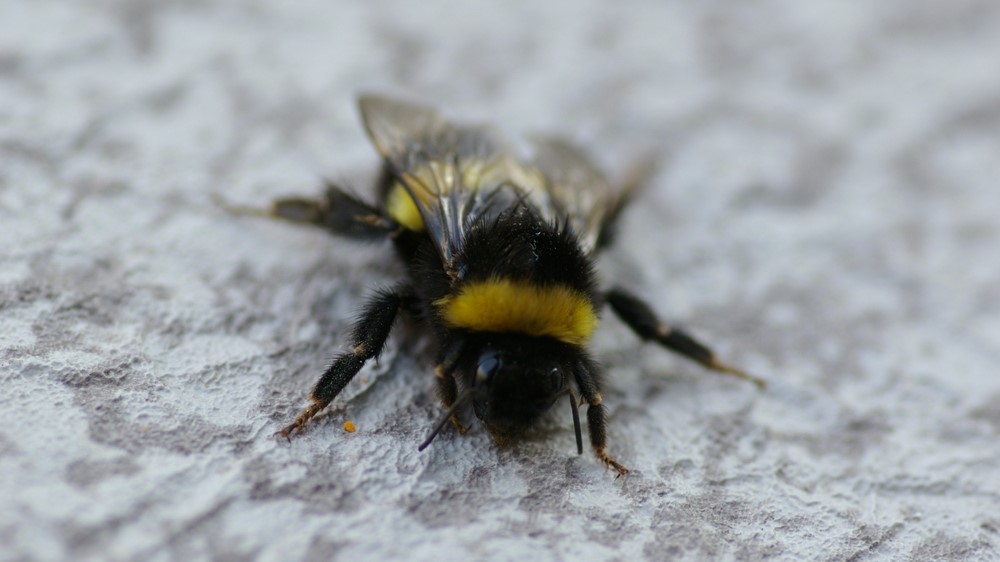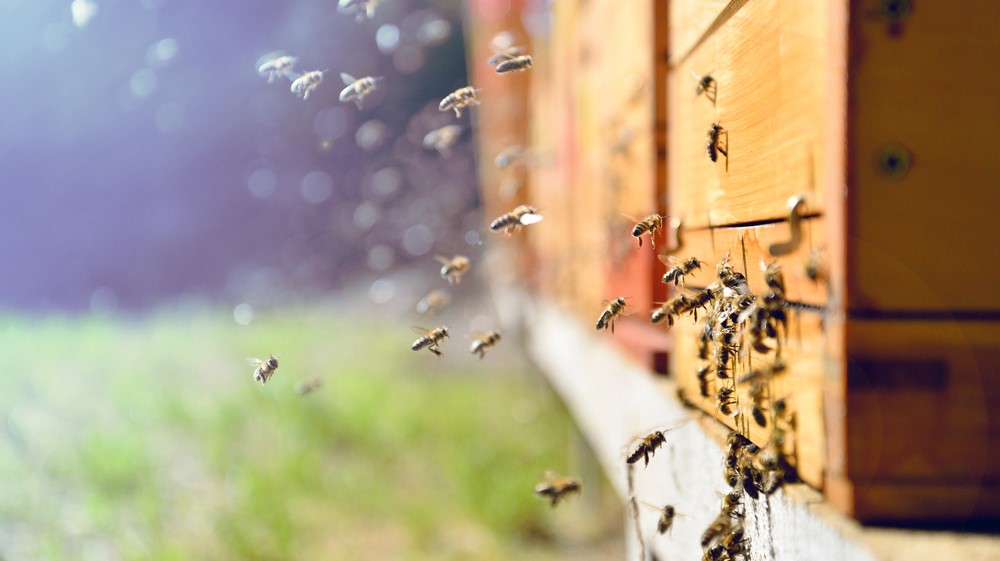Wild queen bees attempt to invade commercial hives, but get slaughtered by rival workers
Wild queen bumblebees get killed by worker bees inside commercial hives after they are lured in by vibrant colors and the promise of usurping the resident queen.

Wild, free-roaming queen bees in search of a new kingdom are often lured to commercial hives — where resident workers murder the queens almost as soon as they get through the door, a new study shows. However, it's not all bad news: a new device could help stem the queen bee massacres.
Researchers serendipitously discovered the unusual killings while studying how common eastern bumblebees (Bombus impatiens) pollinate crops. When the team opened up the commercial-style hives they had set up around the Finger Lakes region of New York, they found that dead wild queens piled up just inside the entrance of every one. On average, each hive had 10 dead queens, but the record was 19. Most of the dead queens were B. impatiens but some of the murdered matriarchs belonged to the closely related species B. perplexus, commonly known as the confusing bumblebee.
The researchers realized that the wild queens, who are naturally drawn to commercial hives because of their bright colors, were likely attempting to usurp the resident queen. In the wild, bumblebee queens can invade the hives of other queens and overthrow them to claim the colony as their own. But because commercial hives have a much higher number of worker bees than wild hives, the usurping queens were likely being swarmed by the smaller bees and overpowered, according to a statement by researchers.
The finding reveals another previously unknown way that humans are impacting wild bee populations, which are generally in decline, researchers wrote. This queen bee slaughter could also be reducing the pollination benefits of commercial beekeeping, because it wipes out wild queens.
Related: Swarming bees may potentially change the weather, new study suggests

In a new study, published Feb. 6 in the Journal of Applied Ecology, the researchers tested out a new device that physically blocks wild queens from entering commercial hives, while still allowing workers to come and go as they please.
The queen excluders were 100% effective at keeping wild queens out without compromising the hive's efficiency. The team believes that these devices should be rolled out to commercial growers who invest in the bees to help pollinate their crops.
Sign up for the Live Science daily newsletter now
Get the world’s most fascinating discoveries delivered straight to your inbox.
"If you are a commercial grower, and you are wanting to manage bumblebees, you may actually be reducing your overall pollination services by investing in these commercial bumblebee colonies, unless you are taking some risk-mitigation strategies like putting in a queen excluder," study co-author Heather Grabb, an agricultural scientist at Cornell University, said in the statement.

Harry is a U.K.-based senior staff writer at Live Science. He studied marine biology at the University of Exeter before training to become a journalist. He covers a wide range of topics including space exploration, planetary science, space weather, climate change, animal behavior and paleontology. His recent work on the solar maximum won "best space submission" at the 2024 Aerospace Media Awards and was shortlisted in the "top scoop" category at the NCTJ Awards for Excellence in 2023. He also writes Live Science's weekly Earth from space series.









